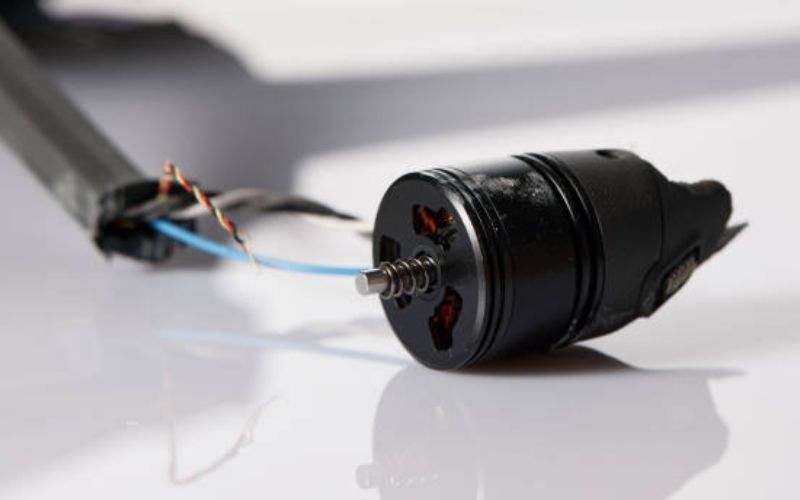Introduction
Heat pipes and heat sinks are both essential components in electronics and thermal management. However, many people confuse the two. In this article, we will look at the difference between a heat pipe and a heat sink.
What Is a Heat Sink?
A heat sink is a passive component in electronic devices that helps to dissipate heat from the device. It works by increasing the surface area of the device and providing a larger area for the heat to flow through. Heat sinks are commonly made of materials such as aluminum or copper, which have high thermal conductivity.
How Does a Heat Sink Work?
Heat sinks work through a process called conduction. The heat generated by the electronic device travels from the source to the heat sink through a solid medium. The heat is then dissipated into the surrounding environment through convection or radiation.
What Is a Heat Pipe?
A heat pipe is an active device that uses a closed-loop system to transfer heat. It consists of a sealed tube that contains a working fluid such as water, alcohol, or refrigerants. Heat pipes are used in applications that require highly efficient heat transfer.
How Does a Heat Pipe Work?
A heat pipe works by transferring heat from the source to the heat sink using a working fluid. The working fluid evaporates at the source, absorbing the heat. The vapor then travels to the heat sink, where it condenses and releases the heat. The condensed liquid then flows back to the source through capillary action.
Performance Comparison
Heat pipes are much more efficient at transferring heat than heat sinks. They can transfer heat over much longer distances and are not limited by the thermal conductivity of the material. Heat sinks, on the other hand, are passive components and can only dissipate heat based on their surface area.
Cost Comparison
Heat pipes are generally more expensive than heat sinks due to their complexity. However, they are more cost-effective in the long run due to their efficiency.
Application
Heat pipes are best suited for applications that require highly efficient heat transfer, such as in aerospace or power generation. Heat sinks are best suited for applications where a low-cost solution is required, such as in personal electronic devices.
Design Considerations
When choosing between a heat pipe and a heat sink, there are several design considerations to keep in mind. The size and weight of the device, the heat generation rate, and the required heat transfer efficiency should all be taken into account.
Conclusion
In summary, heat pipes and heat sinks are both important components in thermal management. Heat pipes are more efficient at transferring heat but are more costly, while heat sinks are a more cost-effective solution. The choice between the two ultimately depends on the specific requirements of the application.
Quote Inquiry
Contact us!

